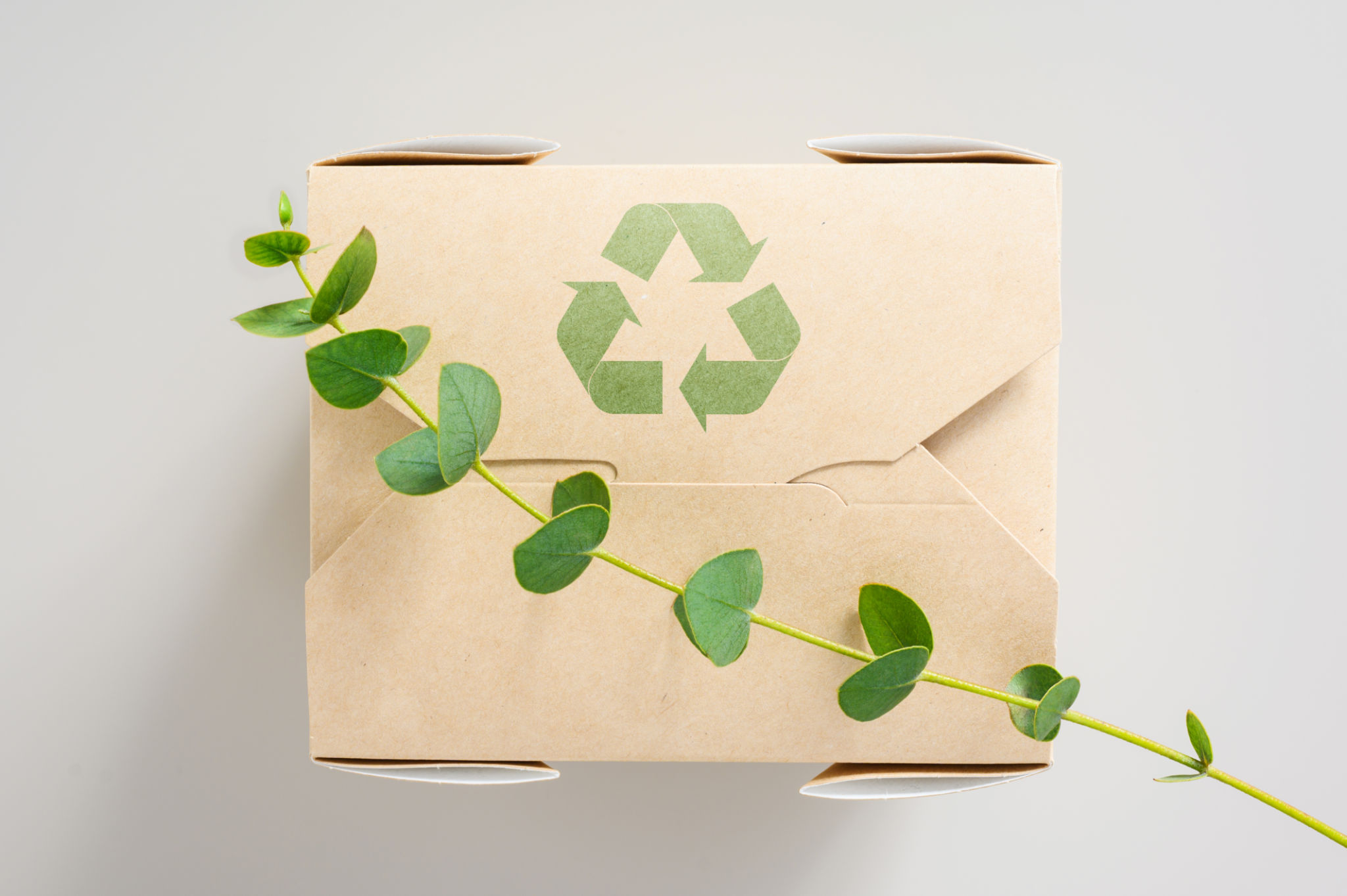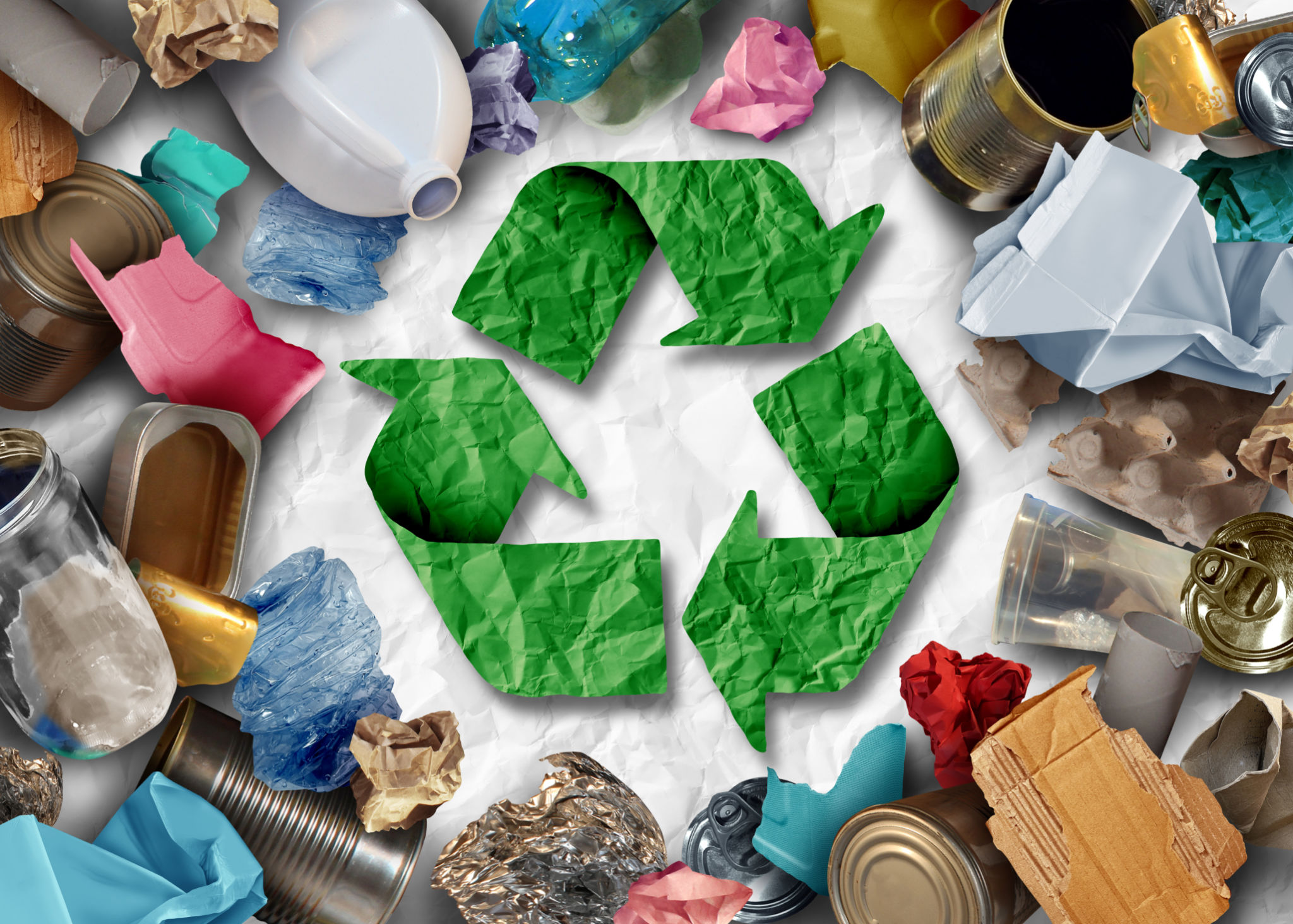Comparing Traditional vs. Reusable Packaging: A Cost-Benefit Analysis
Introduction to Packaging Options
In today's environmentally conscious world, businesses are increasingly seeking sustainable solutions to minimize their carbon footprint. One area gaining significant attention is packaging. Traditional packaging methods, often characterized by single-use materials, are being reevaluated in favor of reusable alternatives. This shift prompts a cost-benefit analysis to determine the most viable option for businesses aiming to balance cost efficiency with environmental responsibility.

Understanding Traditional Packaging
Traditional packaging typically involves materials like plastic, paper, and cardboard, designed for single use. These materials are often favored for their low upfront cost and convenience. However, they contribute significantly to environmental pollution, as they often end up in landfills or polluting natural habitats.
Despite its environmental impact, traditional packaging remains popular due to its established supply chains and ease of production. For many businesses, the immediate cost savings are a compelling reason to continue using these materials, even amidst growing environmental concerns.
Advantages of Traditional Packaging
The primary advantages of traditional packaging include:
- Cost-Effectiveness: Initial costs are typically lower compared to reusable options.
- Accessibility: Materials are widely available, simplifying procurement processes.
- Convenience: Easier to handle and dispose of, requiring less logistical planning.

The Rise of Reusable Packaging
Reusable packaging presents a compelling alternative, offering long-term cost savings and environmental benefits. These systems often involve durable materials such as glass, metal, or robust plastics designed for multiple uses. While the initial investment is higher, the repeated use of these materials can lead to significant savings over time.
Moreover, reusable packaging aligns with growing consumer demand for sustainable business practices, enhancing brand image and customer loyalty. Companies adopting such practices can differentiate themselves in a competitive market by demonstrating a commitment to sustainability.
Benefits of Reusable Packaging
Some benefits of reusable packaging include:
- Sustainability: Reduces waste and conserves resources by minimizing the need for new materials.
- Long-Term Savings: Although initial costs are higher, savings accrue through repeated use.
- Enhanced Brand Image: Appeals to environmentally conscious consumers and improves brand reputation.

Cost-Benefit Analysis
When conducting a cost-benefit analysis of traditional versus reusable packaging, several factors come into play. Initial costs, lifecycle expenses, environmental impact, and consumer perception all contribute to the decision-making process. While traditional packaging may seem cheaper upfront, reusable options often provide greater value over time due to their longevity and reduced environmental impact.
Businesses must also consider potential regulatory changes and consumer preferences shifting towards sustainability. Investing in reusable packaging can future-proof operations against these evolving trends, providing a competitive edge in the marketplace.
Conclusion
The decision between traditional and reusable packaging is not merely a financial one; it reflects a company's values and commitment to sustainability. By weighing the short-term costs against long-term benefits, businesses can make informed choices that align with both their financial goals and environmental responsibilities. Ultimately, embracing reusable packaging can lead to a more sustainable future while enhancing brand loyalty and market position.
